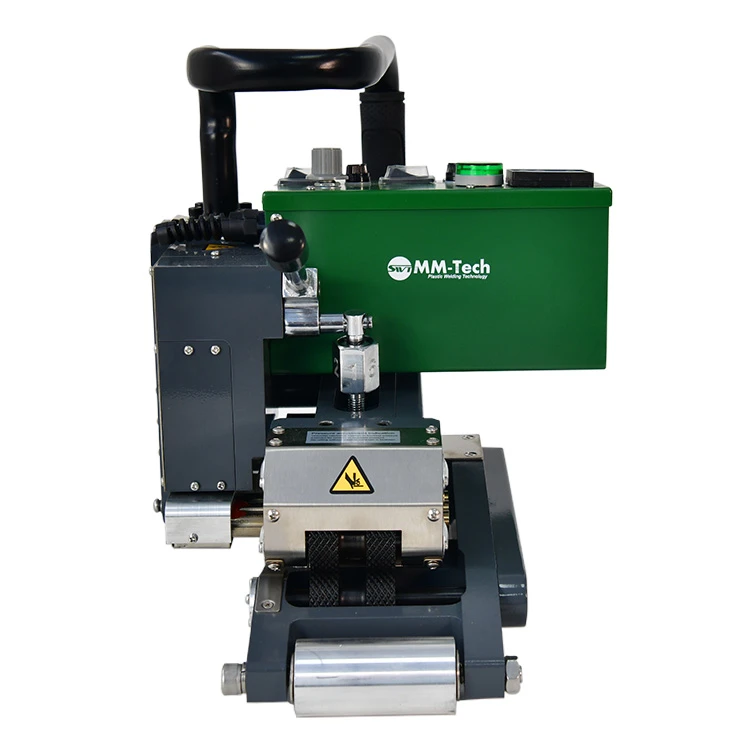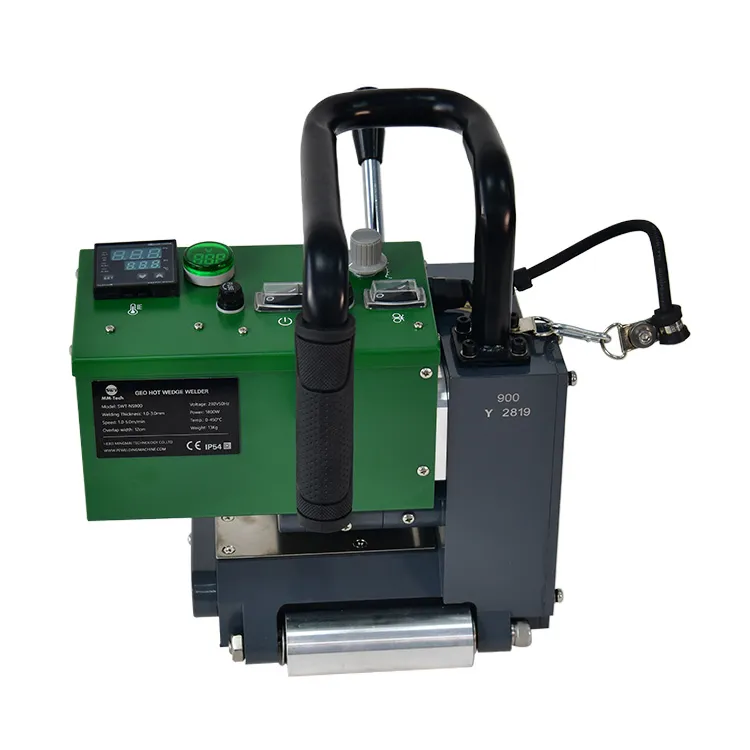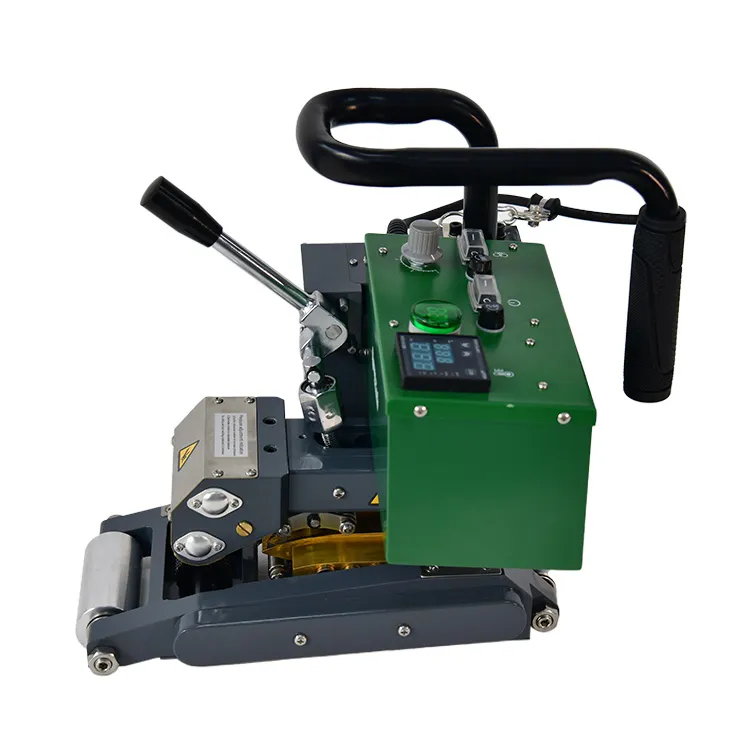Field Notes: A Hot-Wedge Workhorse for Geomembranes and Ponds
If you’re shopping for a pond liner welder, you want something that just gets the job done—no drama on the slope, no fiddly menus with wet gloves. I’ve been around installation crews long enough to know: good gear pays for itself by lunchtime.

Why SWT-NS900 is getting attention
The SWT-NS900 Hot Wedge Machine is a high-power, 1800W unit built for PP, HDPE, LDPE, PVC, and EVA membranes between 1–3 mm. Crews tell me it’s “surprisingly forgiving” on cold mornings, which is code for stable heat and consistent wedge pressure. Located at NO.355, Youyi Street, Qiaoxi District, Shijiazhuang, Hebei, China, MM-Tech has quietly become the brand some contractors spec when they want reliable seams without the premium price sticker.

Industry trend check
Three big currents: dual-track seams with air channel testing becoming standard on critical ponds, data-logging for QC (even mid-market machines offer it now), and a tilt toward higher-power wedges for faster, thicker seams. To be honest, the “smart” features matter less than consistent thermal profile; installers still judge a pond liner welder by peel and shear results at the end of the day.
SWT-NS900 key specifications
| Power | 1800 W |
| Material compatibility | PP, HDPE, LDPE, PVC, EVA (hot-melt plastics) |
| Weldable thickness | ≈ 1–3 mm |
| Typical temperature range | ≈ 100–450°C (real-world use may vary with resin, wind, slope) |
| Speed | ≈ 0.5–5.0 m/min (site-dependent) |

Where it’s used
Landfill caps, aquaculture ponds, stormwater basins, decorative water features, mining heap leach pads, irrigation reservoirs—anywhere PP/PE/PVC/EVA membranes live. Many customers say the pond liner welder shines on 1.5–2.0 mm HDPE where speed and pressure balance is fussy.
Process flow and QC (the short version)
- Materials: certified HDPE/LLDPE/PVC rolls with resin traceability (check OIT where required).
- Method: hot wedge dual-track seam; clean laps; overlap ≈ 100–120 mm; set temp/speed/pressure with trial seams.
- Testing: field peel/shear per ASTM D6392; air-channel test per ASTM D5820 for dual seams; vacuum box (ASTM D5641 practice); spark test for conductive geomembranes where specified; lab validation per GRI GM19a.
- Service life: properly installed HDPE systems often target 20–40+ years depending on UV, antioxidants, and cover soil. Your mileage, as ever, depends on exposure and resin grade.

Vendor snapshot (public specs, my notes)
| Model / Vendor | Power | UI & QC | Price band | Notes |
|---|---|---|---|---|
| SWT-NS900 / MM-Tech | ≈ 1800 W | Simple controls; stable heat; air-channel seams | Mid | Good value; China-based support |
| Twinny T7 / Leister | ≈ 1700–2000 W | Touch UI; data logging | High | Broad global service network |
| Pro-Wedge 3XL / Demtech | High | Rugged field build | High | Popular in NA landfills |
Bottom line: if you want flagship bells and whistles, go premium. If you want a dependable pond liner welder with sensible pricing, the SWT-NS900 hits that sweet middle.

Field notes and case data
On a 20,000 m² irrigation pond (2.0 mm HDPE), our crew logged trial seams at 415–430°C, ~2.2 m/min, wedge pressure medium. Destructive tests returned peel ≈ 24–28 N/mm and shear ≈ 30–36 N/mm, meeting project specs referencing ASTM D6392. Air-channel tests held at 210 kPa for 5 min with zero drop. It’s one project, sure—but consistent with what I’m hearing elsewhere.
Customers often praise the pond liner welder for quick warm-up and less “temp drift” in gusty conditions. One small gripe: keep spare wedges clean; contamination shows up fast on glossy PVC.
Compliance, customization, support
- Certifications: typically CE; factory ISO 9001 practices are common in this segment (verify on PO).
- Customization: power plugs, wedge geometry, and guide shoes for specific membrane brands.
- Documentation: WPS/PQR templates, QC checklists, and daily seam logs—ask your vendor; it streamlines ASTM/GRI submittals.
Citations
- ASTM D6392 – Standard Test Method for Determining the Integrity of Nonreinforced Geomembrane Seams.
- ASTM D5820 – Guide for Pressurized Air Channel Evaluation of Dual Seamed Geomembranes.
- GRI GM19a – Test Methods and Properties for HDPE/LLDPE Geomembrane Seam Evaluations, Geosynthetic Institute.
- ISO 9001 – Quality management systems requirements (for manufacturing quality assurance context).
MM-Tech, established in 2011, is a leading manufacturer of thermoplastic welding equipment in China.hot air plastic welder We specialize in the research, development, production, and sales of thermoplastic welding equipment.hot air welding gun Our product line is extremely rich, covering geomembrane welders, polymer hot air welders, tarpaulin hot air welders, hot air welders, hand extrusion welders, and various welding tools, comprehensively meeting the diverse needs of both on-site construction and workshop operations.hot air welder roofing Our products have been exported to over 100 countries and have won the trust of more than 3,000 customers.plastic welding heat gun|super blog